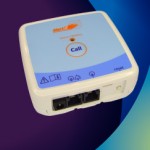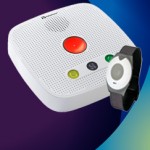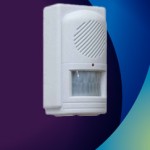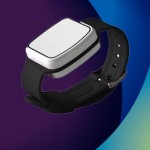Capturing a Seizure: How Video Recording Can Help in Diagnosis and Treatment

Seizures are unpredictable and often frightening events,
affecting millions of people worldwide. They can manifest in various ways, from
subtle focal seizures to more intense tonic-clonic convulsions. For healthcare
professionals and individuals living with epilepsy, accurate diagnosis and
management are essential. Video recording has emerged as a valuable tool in
capturing and understanding seizures, aiding both patients and medical
practitioners. In this blog, we will explore the benefits of video recording
seizures, how to do it effectively, and its significance in epilepsy
management.
The Power of Video
Video recording is a versatile tool that allows healthcare
providers to witness seizures as they occur. This real-time insight offers
several key advantages:
Accurate Diagnosis: Video recordings provide unambiguous
evidence of seizure activity. This helps healthcare professionals differentiate
between seizure types and may prevent misdiagnosis.
Individualized Treatment: Every person’s seizure is unique.
Video recordings help tailor treatment plans to each patient's specific needs,
potentially reducing the need for medication adjustments or the introduction of
new therapies.
Seizure Classification: The International League Against
Epilepsy (ILAE) defines and classifies seizures based on their characteristics
and electroencephalogram (EEG) findings. Video recordings contribute
significantly to seizure classification by showing the visible features of the
seizure.
Patient and Caregiver Understanding: By allowing individuals
and their caregivers to witness and document seizures, video recordings offer
an improved understanding of the condition. This knowledge can reduce anxiety
and improve overall quality of life.
How to Effectively Record Seizures
Choose the Right Camera: Use a smartphone or a dedicated
video camera with a clear, high-resolution lens and sufficient storage space.
Positioning: Ensure the camera has a clear view of the
person experiencing the seizure. Ideally, position it to capture the person's
face and any distinctive movements during the event.
Capture the Entire Episode: Start recording before the
seizure begins and continue until it has concluded. This allows healthcare
providers to assess the full duration of the event.
Maintain Privacy: Respect the individual's privacy. Keep the
video footage confidential and only share it with healthcare professionals
involved in their care.
Good Lighting and Audio: Ensure the recording environment
has sufficient lighting, and the audio is clear. Clear audio can be
particularly helpful in understanding the person's experience and any
vocalizations they make during the seizure.
Document Details: Record the date, time, and duration of the
seizure. Note any additional information, such as changes in behaviour before
or after the event.
Consistency: If possible, maintain a consistent recording
setup. Use a dedicated device or camera mount to ensure you can capture each
seizure without delay.
Our recommended product at Epilepsy Solutions for video
recording and alerting to seizure activity is the The SAMi Sleep
Activity monitor which is a sleep activity monitor for caregivers and
individuals who need to carefully watch for abnormal movements at night. SAMi
uses a night vision network camera to look for unusual motion disrupting sleep.
When an unusual event is detected, an alarm is sounded. The display instantly
switches to show video and audio. Within seconds, the caregiver can assess the
situation and take any necessary action. All motion is also recorded for later
review.
The Significance in Epilepsy Management
Video recordings play a crucial role in epilepsy management
and care:
Medication Adjustment: When healthcare providers can view
seizures on video, they can make informed decisions regarding medication
adjustments, dosages, or alternative therapies.
Seizure Freedom Evaluation: After treatment interventions,
video recordings help assess the effectiveness of the chosen therapy and
determine if the individual has achieved seizure freedom.
Patient Empowerment: Video recordings empower individuals
living with epilepsy to actively participate in their care. They can discuss
their experiences with their healthcare providers and contribute to
better-informed treatment decisions.
Research and Education: Video recordings contribute to
research efforts and the education of healthcare professionals. By studying
seizure videos, medical practitioners gain valuable insights into the disorder,
leading to improved diagnostic and treatment strategies.
Conclusion
Video recording seizures is a valuable tool for healthcare
providers and individuals living with epilepsy. It enhances the accuracy of
diagnosis, supports individualized treatment, and empowers patients and caregivers.
By capturing the essence of seizures on video, we gain a deeper understanding
of this complex neurological condition, ultimately improving the quality of
life for those affected by epilepsy.





